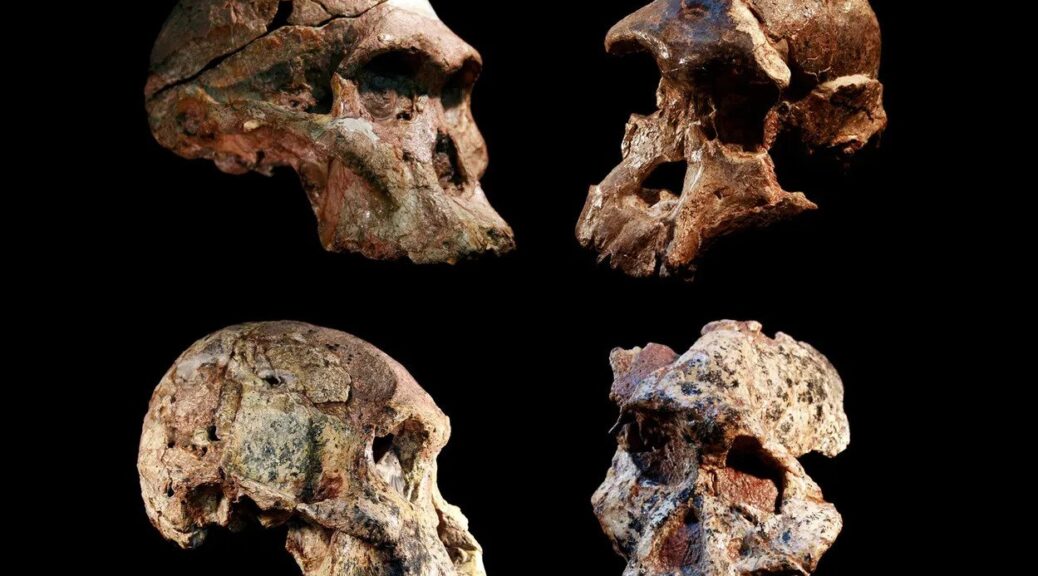Fossils in the ‘Cradle of Humankind’ may be more than a million years older than previously thought

The ‘Cradle of Humankind’ is a UNESCO World Heritage Site in South Africa that comprises a variety of fossil-bearing cave deposits, including Sterkfontein Caves. Sterkfontein was made famous by the discovery of the first adult Australopithecus in 1936.
Since then, hundreds of Australopithecus fossils have been found there, including the well-known Mrs. Ples and the nearly complete skeleton known as Little Foot.
“Sterkfontein has more Australopithecus fossils than anywhere else in the world. But it’s hard to get a good date on them,” said Purdue University’s Professor Darryl Granger.
“People have looked at the animal fossils found near them and compared the ages of cave features like flowstones and gotten a range of different dates.”
“What our data does is resolve these controversies. It shows that these fossils are old — much older than we originally thought.”

To determine the age of the Australopithecus-bearing sediments at Sterkfontein, the researchers measured radioactive cosmogenic nuclides — aluminium-26 and beryllium-10 — in the mineral quartz.
“Cosmogenic nuclides are extremely rare isotopes produced by cosmic rays — high-energy particles that constantly bombard the Earth,” they explained.
“These incoming cosmic rays have enough energy to cause nuclear reactions inside rocks at the ground surface, creating new, radioactive isotopes within the mineral crystals.”
“An example is aluminum-26: aluminium that is missing a neutron and slowly decays to turn into magnesium over a period of millions of years.”
“Since aluminum-26 is formed when a rock is exposed at the surface, but not after it has been deeply buried in a cave, we can date cave sediments — and the fossils within them — by measuring levels of aluminium-26 in tandem with another cosmogenic nuclide, beryllium-10.”

The team’s results show that the entire Australopithecus assemblage at Sterkfontein dates to 3.4-3.7 million years ago.
These australopiths were thus early representatives of the genus, overlapping in age with a morphologically diverse range of mid-Pliocene hominins, including Australopithecus afarensis and Australopithecus deyiremeda at Burtele, Australopithecus bahrelgazali in Chad, Kenyanthropus platyops at Lake Turkana, and Australopithecus anamensis at Woranso-Mille.
“The Sterkfontein hominins predate Paranthropus, Homo, and Australopithecus sediba at nearby sites in the Cradle of Humankind by over a million years,” the authors said.
In addition to the new dates at Sterkfontein based on cosmogenic nuclides, they made careful maps of the cave deposits and showed how animal fossils of different ages would have been mixed together during excavations in the 1930s and 1940s, leading to decades of confusion about the previous ages.
“What I hope is that this convinces people that this dating method gives reliable results,” Dr. Granger said.
“Using this method, we can more accurately place ancient humans and their relatives in the correct time periods, in Africa, and elsewhere across the world.”
The results were published this week in the Proceedings of the National Academy of Sciences.
